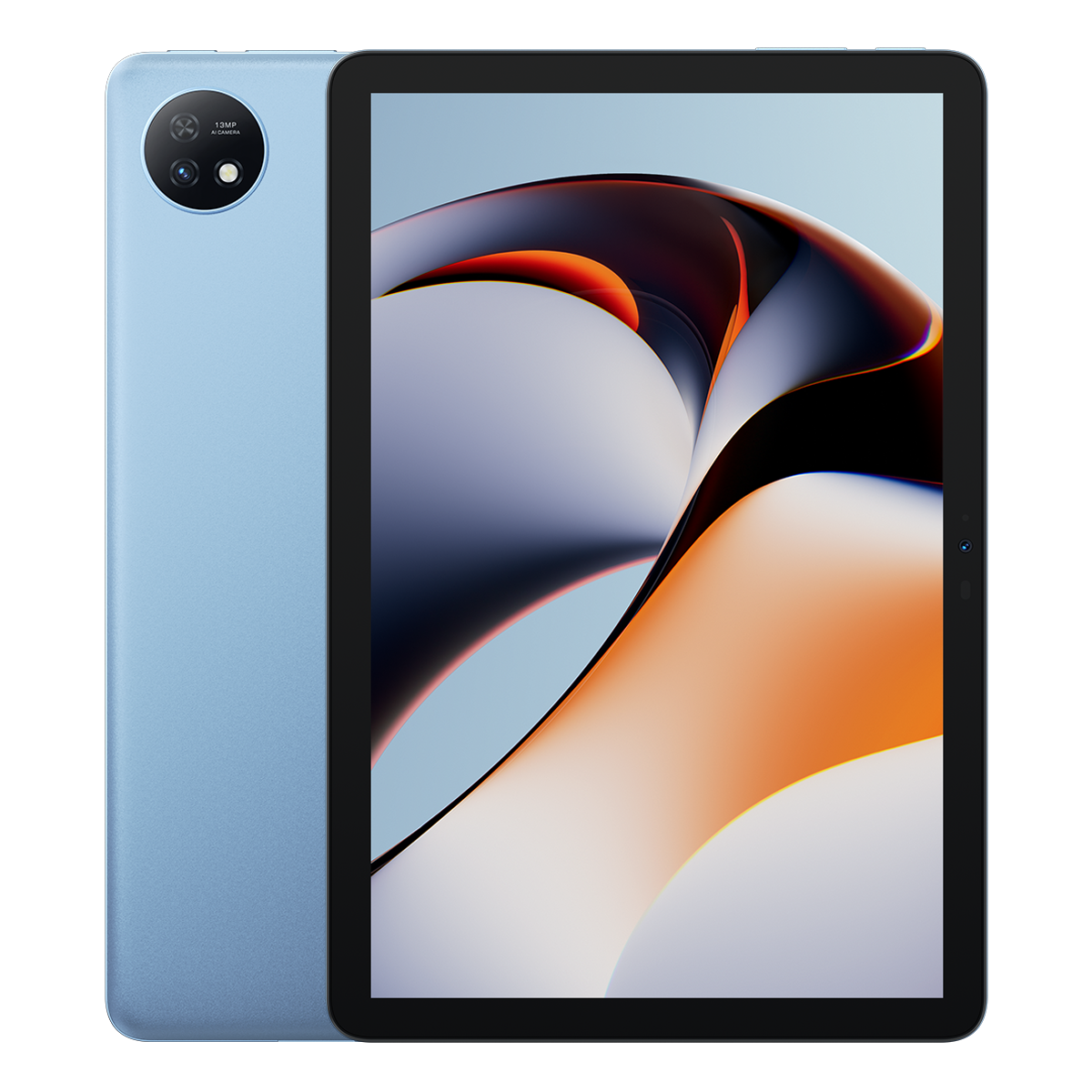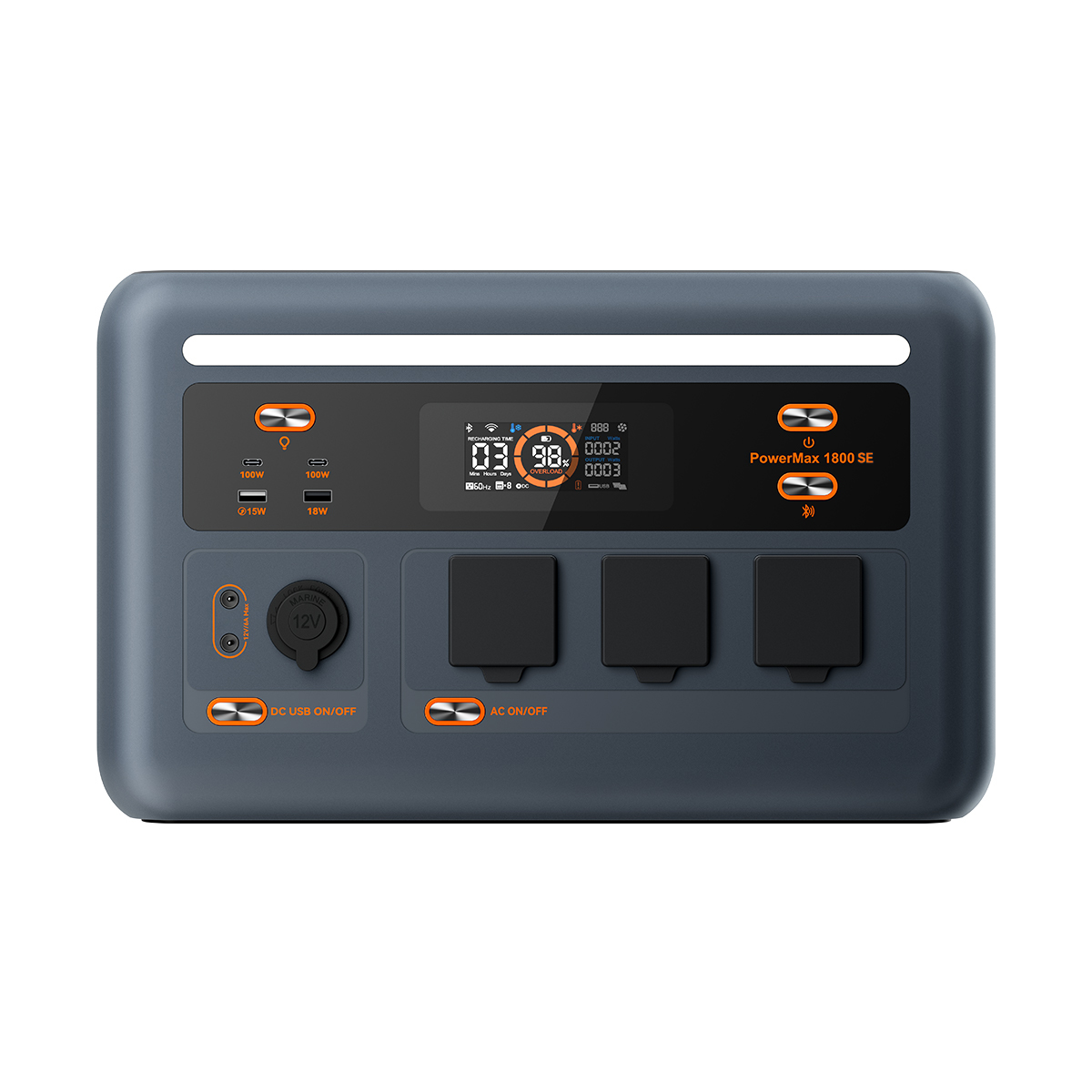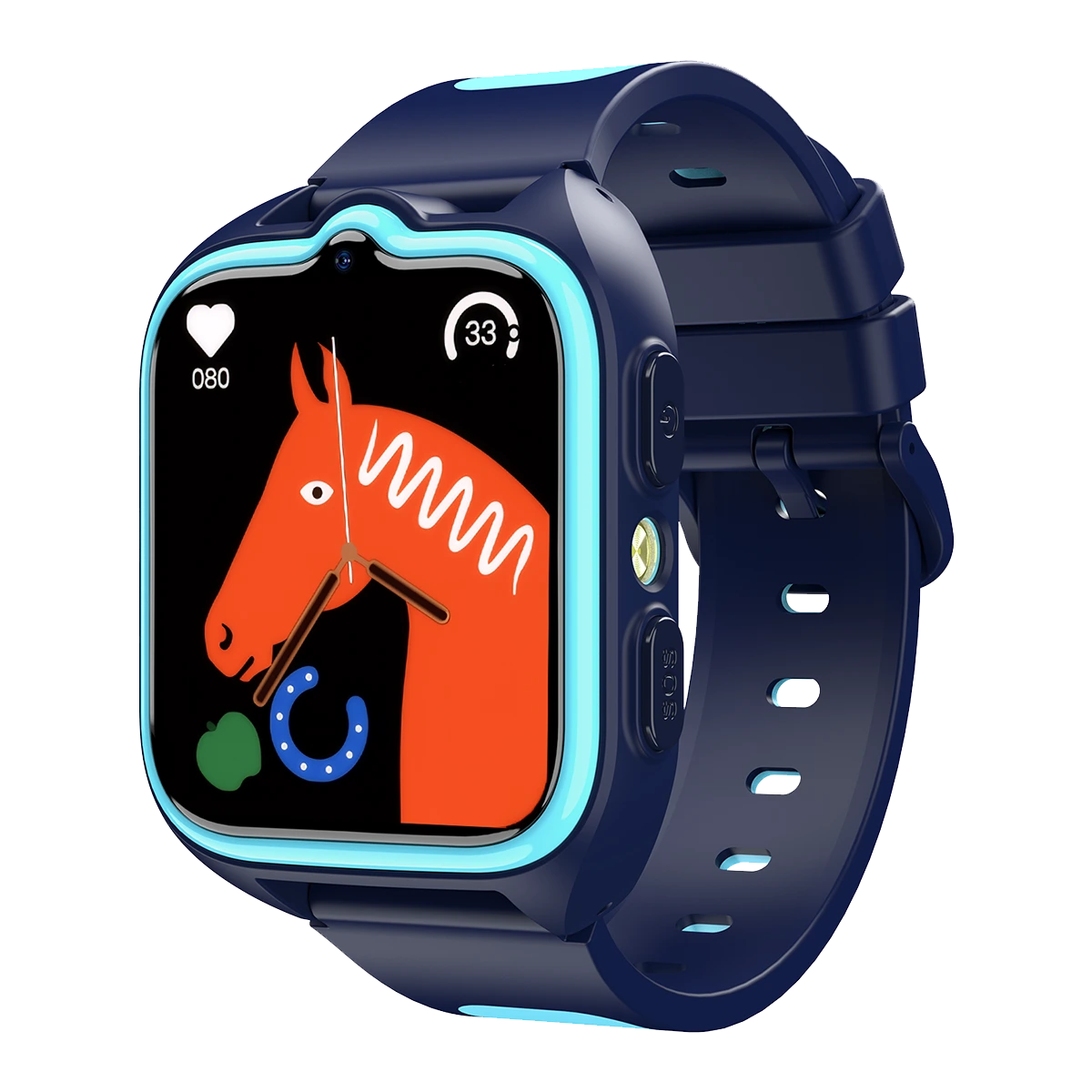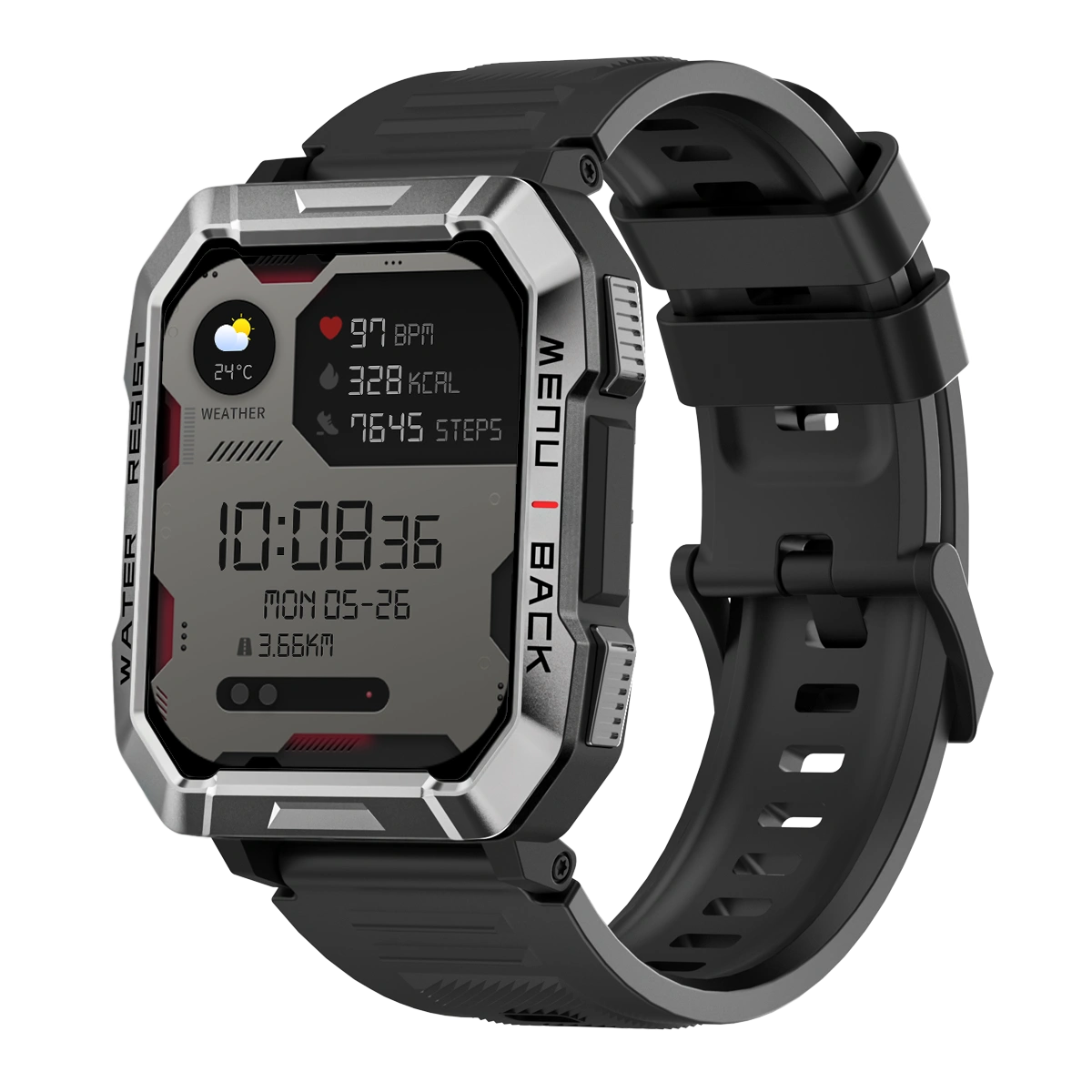Welcome to OSCAL (Well-known brand of rugged smartphone, tablet, and portable power station) blog. Hope this guide has been helpful.
In today's digital age, mobile apps have become an essential part of our daily lives. However, many apps request excessive permissions that can compromise your privacy. Some apps misuse these permissions to collect sensitive data without your knowledge. This guide explores the different permissions that apps can exploit to steal your personal information and how you can protect yourself.
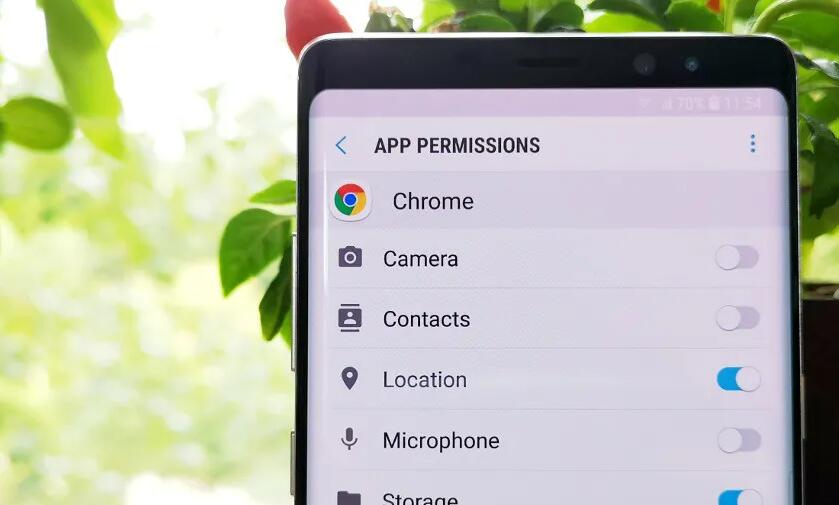
Common Permissions That Apps Abuse
1. Location Permissions
Many apps request access to your device's GPS or network-based location. While some apps (like maps or ride-sharing services) need this permission, others may track your movements unnecessarily.
- Risks: Apps can log your daily routines, home address, workplace, and frequently visited places.
- Example: A weather app requesting constant location access even when not in use.
2. Camera and Microphone Access
Apps with camera or microphone permissions can potentially record audio, take photos, or even livestream without your consent.
- Risks: Unauthorized recording of private conversations or capturing images in the background.
- Example: A flashlight app secretly activating the camera.
3. Contacts and Call Logs
Some apps request access to your contacts, call history, or SMS messages, claiming it's for social features or verification.
- Risks: Harvesting personal data of your friends and family, leading to spam or phishing attacks.
- Example: A gaming app uploading your entire contact list to its servers.
4. Storage Access
While many apps need storage access to save files, malicious apps can scan your device for sensitive documents, photos, or login credentials.
- Risks: Stealing saved passwords, banking details, or private media.
- Example: A file manager app secretly copying and uploading personal documents.
5. Device Information
Apps often request device details like IMEI, MAC address, or advertising ID, which can be used to track you across different services.
- Risks: Creating a unique fingerprint to monitor your online activity.
- Example: A shopping app selling your device data to advertisers.
6. Calendar Access
Some apps ask for calendar permissions, potentially exposing your schedule, meetings, and personal events.
- Risks: Leaking confidential business meetings or personal appointments.
- Example: A productivity app syncing your calendar to a third-party server.
7. Bluetooth and Nearby Devices
Bluetooth permissions can be abused to track your proximity to other devices or even intercept data transfers.
- Risks: Detecting your presence in specific locations or eavesdropping on Bluetooth communications.
- Example: A fitness app scanning for nearby devices to build a location profile.
How to Protect Your Privacy
1. Review App Permissions Carefully
Before installing an app, check the permissions it requests. If an app asks for unnecessary access (e.g., a calculator needing your contacts), consider alternatives.
2. Use Permission Managers
Both Android and iOS allow you to manage app permissions. Revoke access for apps that don’t need certain privileges.
3. Keep Apps and OS Updated
Developers often patch security vulnerabilities. Ensure your apps and device OS are always up to date.
4. Avoid Sideloading Apps
Download apps only from official stores (Google Play Store, Apple App Store) to reduce the risk of malware.
5. Use Privacy-Focused Alternatives
Opt for apps that prioritize privacy, such as Signal for messaging or DuckDuckGo for browsing.
6. Regularly Audit Installed Apps
Uninstall apps you no longer use, as they may still be running in the background and collecting data.
Conclusion
While apps provide convenience, they can also be a gateway for privacy invasion. By understanding how permissions work and taking proactive steps, you can minimize risks and protect your personal data. Always stay vigilant and question why an app needs certain permissions before granting access.




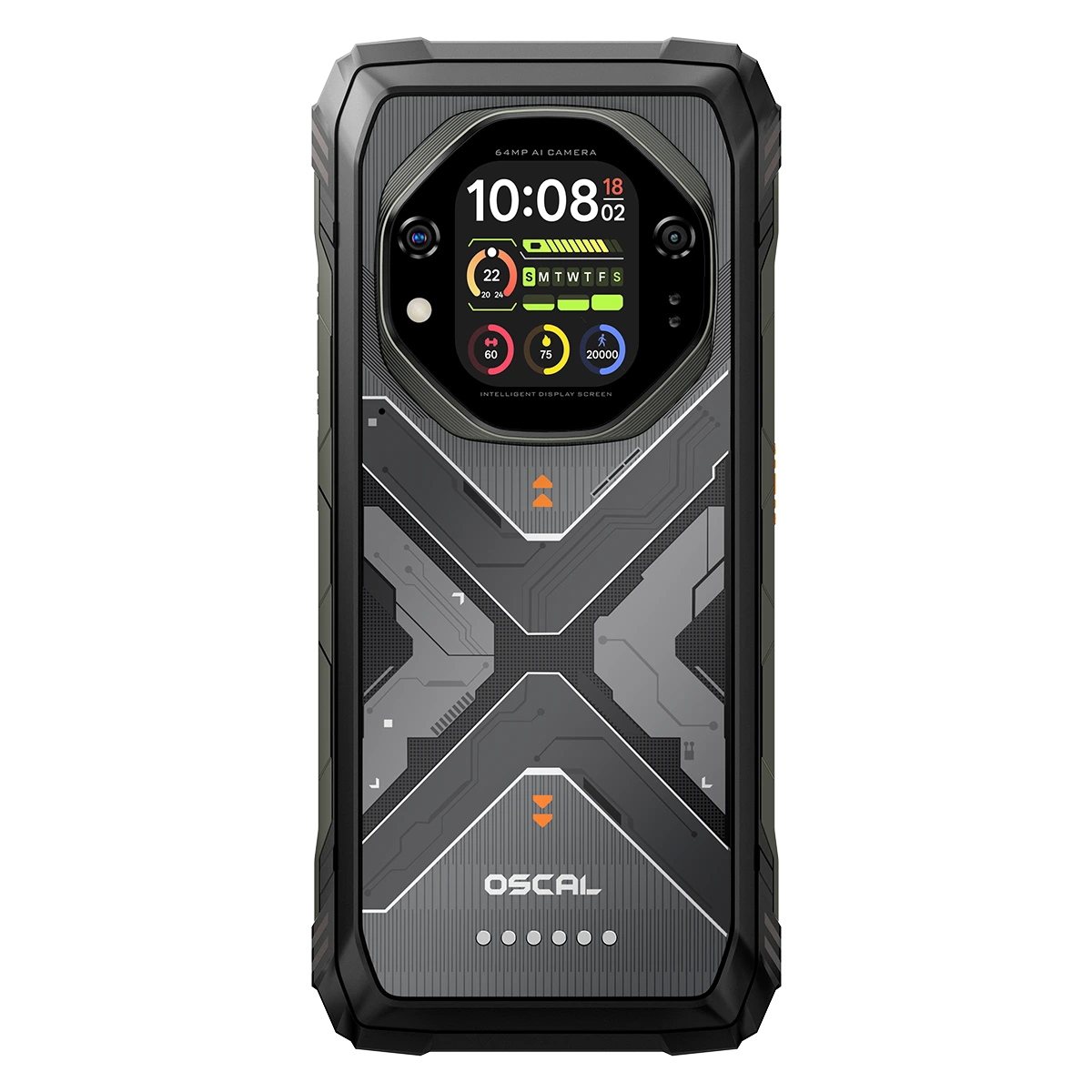











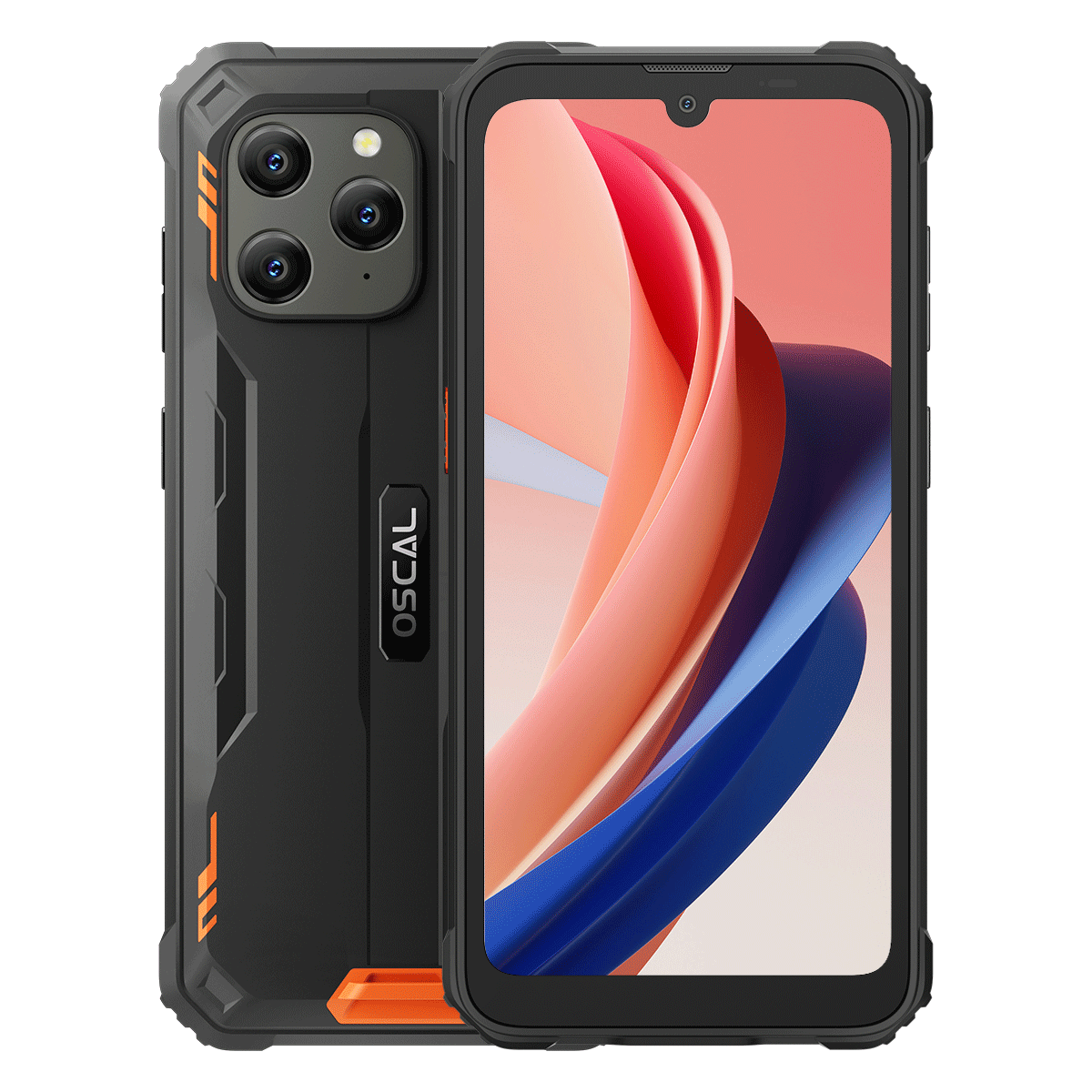














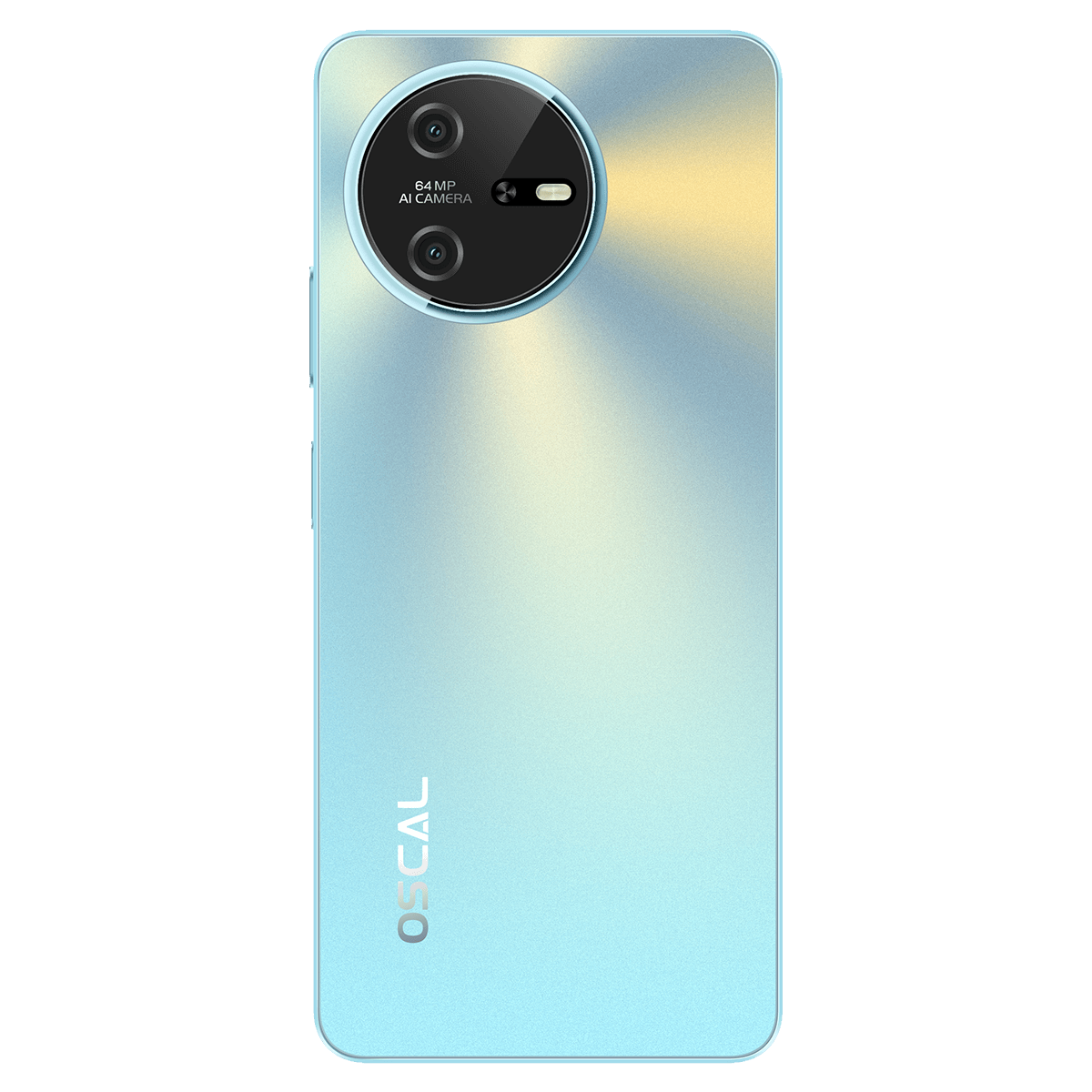
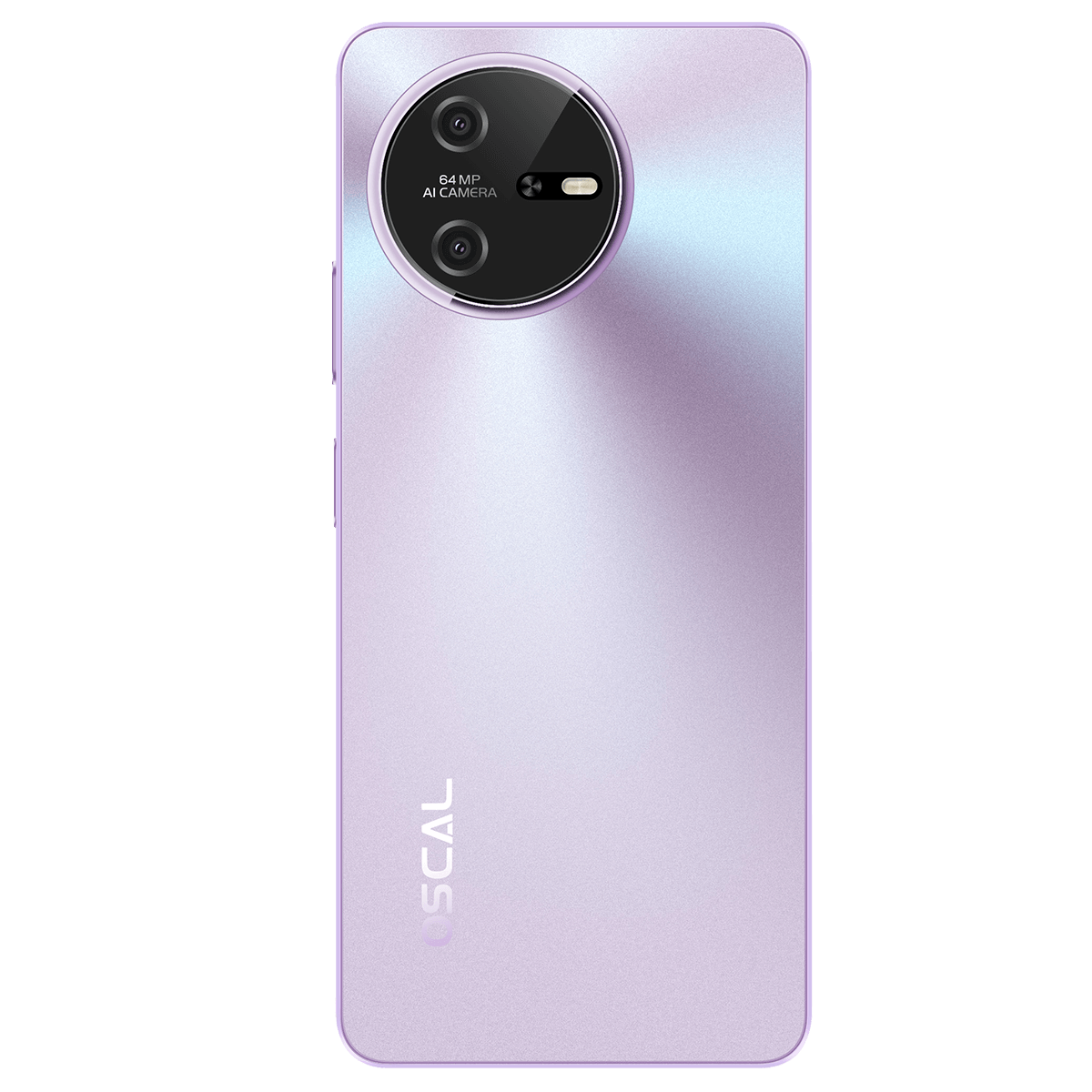


































 (1)-20251204034946188.jpg)








































